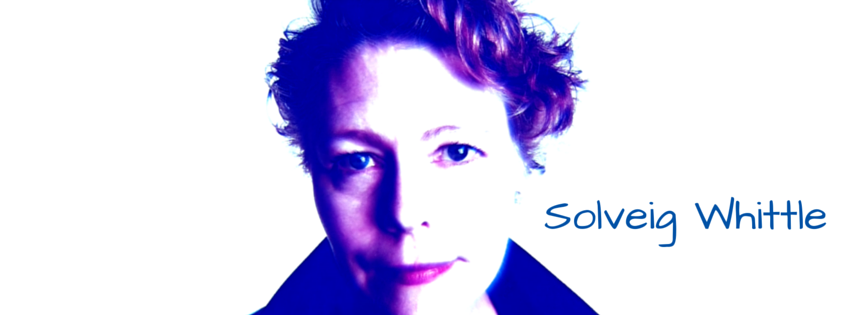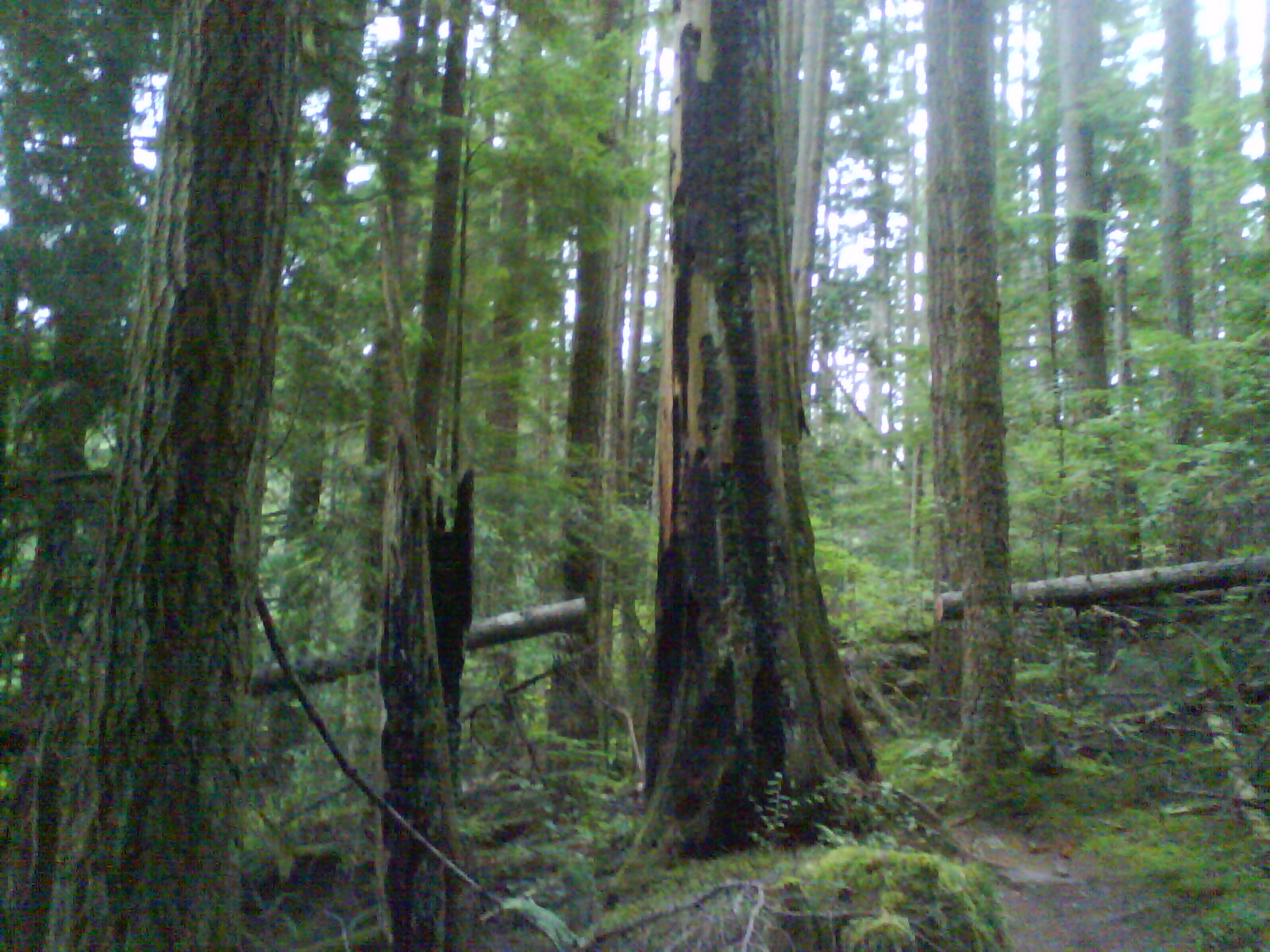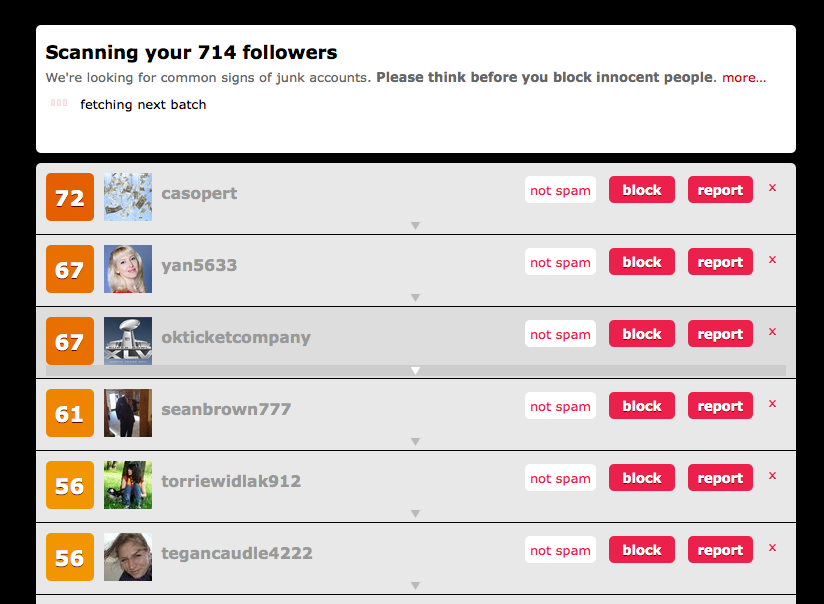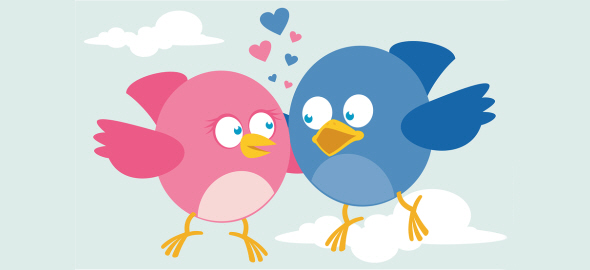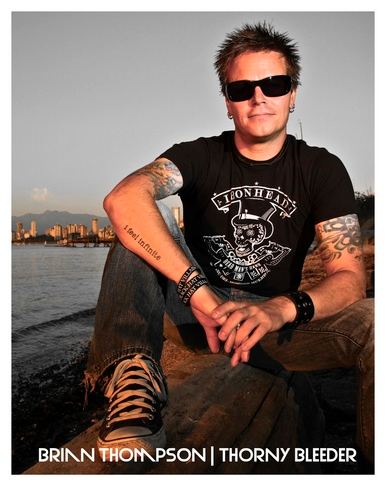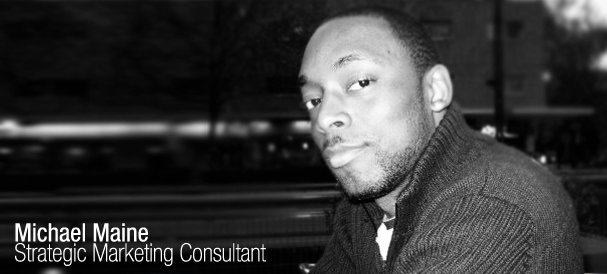Apparently I have placed myself directly in the middle of a social media kerfuffle by claiming and posting pictures to a Facebook page for my community (a 500 acre, 66 family, cooperatively-owned tree farm and community association).
An (email) letter from me to my community:
“May 22, 2012
Dear Neighbors:
I realize some community members may be surprised by the Facebook page for Crystal Lake, Inc. As a twenty year resident (and former Board Member) of Crystal Lake, a student of social media at the University of Washington, and a corporate marketer by profession, I have more than a passing interest in this subject. I am currently involved in developing a social media plan for a Seattle non-profit organization as part of my social media class, and have been studying a variety of scholarly issues around social media, including privacy and transparency in corporate and non-profit communications.
Several months ago, I approached the Board because I discovered there was a Crystal Lake Facebook page already created, but it did not have an administrator. It had very little going on. I suggested to Chris [Board President] that it might make sense to take ownership of this page for the community before someone else did. Chris subsequently brought the issue to the Board. They gave me the green light to claim the page for our community, which I did, and I added myself and Chris as administrators. I updated the profile with some pictures and sent the link to the Board to review. I indicated in my email to the Board that the page was public (not private), so that everyone could “Like” it and enjoy posting pictures and having a dialog, even people who lived outside the community.
